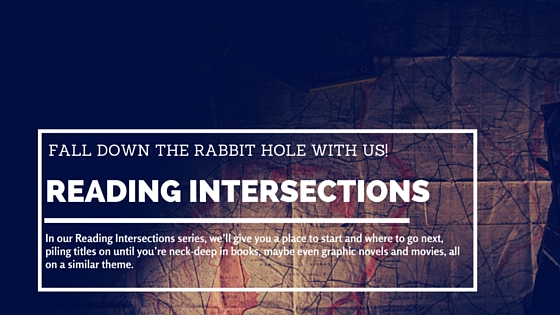
Start Here:
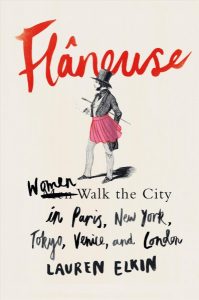 Lauren Elkin. Flâneuse: Women Walk the City in Paris, New York, Tokyo, Venice, and London. 2017.
Lauren Elkin. Flâneuse: Women Walk the City in Paris, New York, Tokyo, Venice, and London. 2017.
“The flâneur is the quintessentially masculine figure of privilege and leisure who strides the capitals of the world with abandon. But it is the flâneuse who captures the imagination of the cultural critic Lauren Elkin. In her wonderfully gender-bending new book, the flâneuse is a “determined, resourceful individual keenly attuned to the creative potential of the city and the liberating possibilities of a good walk.” Virginia Woolf called it “street haunting”; Holly Golightly epitomized it in Breakfast at Tiffany’s; and Patti Smith did it in her own inimitable style in 1970s New York.
Part cultural meander, part memoir, Flâneuse takes us on a distinctly cosmopolitan jaunt that begins in New York, where Elkin grew up, and transports us to Paris via Venice, Tokyo, and London, all cities in which she’s lived. We are shown the paths beaten by such flâneuses as the cross-dressing nineteenth-century novelist George Sand, the Parisian artist Sophie Calle, the wartime correspondent Martha Gellhorn, and the writer Jean Rhys. With tenacity and insight, Elkin creates a mosaic of what urban settings have meant to women, charting through literature, art, history, and film the sometimes exhilarating, sometimes fraught relationship that women have with the metropolis.”
Next Stop:
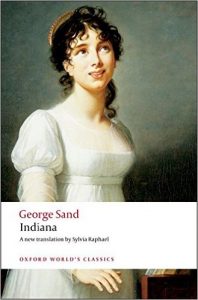 George Sand. Indiana.
George Sand. Indiana.
“The first novel that George Sand wrote without a collaborator, this is not only a vivid romance, but also an impassioned plea for change in the inequitable French marriage laws of the time, and for a new view of women. It tells the story of a beautiful and innocent young woman, married at sixteen to a much older man. She falls in love with her handsome, frivolous neighbor, but discovers too late that his love is quite different from her own. This new translation, the first since 1900, does full justice to the passion and conviction of Sand’s writing, and the introduction fully explores the response to Sand in her own time as well as contemporary feminist treatments.”
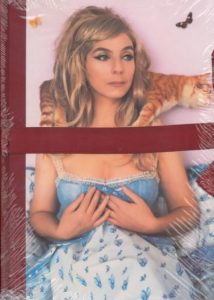 Sophie Calle. Double Game. 1999.
Sophie Calle. Double Game. 1999.
“Double Game was the first major publication in English by French artist Sophie Calle (born 1953), and is her bestselling title to date. It takes the form of a double jeu or double game between the work of Sophie Calle and the fiction of Paul Auster. The story begins with Maria, a fictional character in Paul Auster’s novel, Leviathan. Most of the fictional Maria’s works are, in fact, based on those of the real-life Sophie Calle. The first section of Double Game features Calle’s representations of the fictional Maria’s works. We see the pieces both as they’re described in their fictional context and as Calle’s own interpretation of the descriptions from Paul Auster’s novel. In the second section, the story delves deeper into Calle’s world, with a sequence of Calle’s seminal narrative and abstract works in texts and images that were in turn appropriated by the fictional Maria in Leviathan. The third section of Double Game switches the focus back to Maria’s original creator, Paul Auster, who takes Calle as his subject, formulating for her the Gotham Handbook, which offers personalized instructions for the artist on “How to Improve Life in New York City.”
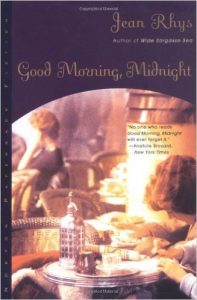 Jean Rhys. Good Morning, Midnight.
Jean Rhys. Good Morning, Midnight.
“Sasha Jensen has returned to Paris, the city of both her happiest moments and her most desperate. Her past lies in wait for her in cafes, bars, and dress shops, blurring all distinctions between nightmare and reality. When she is picked up by a young man, she begins to feel that she is still capable of desires and emotions. Few encounters in fiction have been so brilliantly conceived, and few have come to a more unforgettable end.”
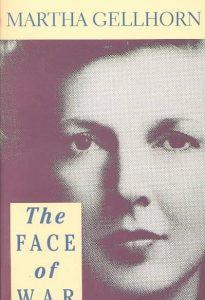 Martha Gellhorn. The Face of War. 1988.
Martha Gellhorn. The Face of War. 1988.
“Martha Gellhorn (1908-1998) was a war correspondent for nearly fifty years. From the Spanish Civil War in 1937 through the wars in Central America in the mid-eighties, her candid reports reflected her feelings for people no matter what their political ideologies, and the openness and vulnerability of her conscience. “I wrote very fast, as I had to,” she says, “afraid that I would forget the exact sound, smell, words, gestures, which were special to this moment and this place.” Whether in Java, Finland, the Middle East, or Vietnam, she used the same vigorous approach.”


